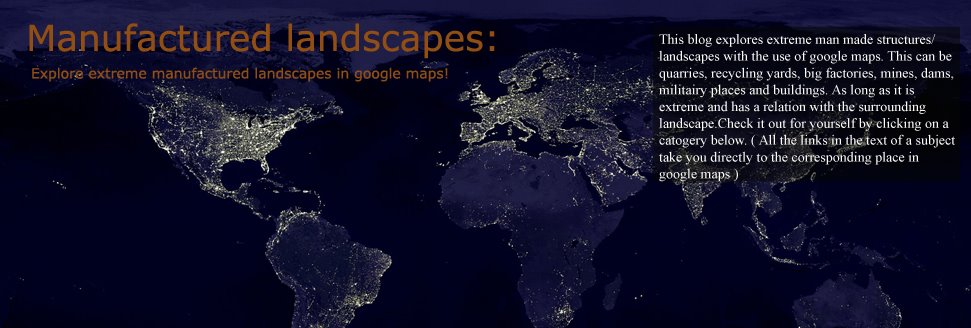Living on the water
Living on the water:
People all over the world like to live on the water. So they can have a boat in front of their house and have their own small "beach"in front . Urban planners have constructed whole cities and neighburhoods to fulfill this need. The most famous examples of such neighbourhoods are the manufactured palm islands in Dubai. In the pictures below you can see Palm Jumeirah:

All the houses here have their own "private" beach:
Al though it look's cool you need a lot of money to buy a house here because they coast 3 million dollars on average. And you don't have much privacy as you can see.
Another place where such "living on the water" neighbourhoods are very common is the State of Florida in the United States. This state attracts people from all over the U.S because of the sun and the water. So whole cities were build here to provide people the option to live on the water. The biggest of such a city in Florida with only this purpose is Cape Coral. Thousands of canals were created here so as many people as possible could have their house on the water and could have a boat in front of their house:
Also notice the many bay windows with the glas roofs in the picture below. Sun is what people brings to Cape Coral:

Cape coral might be the biggest of such a city in Florida the layout of the city itself is certainly no exception in Florida. These layouts are found everywhere along the coast of Florida (especially the West coast). Take for example the restricted community of Rotonda West. It has an diameter of 5km and is shaped like an incomplete wagon wheel. A closed, fresh-water canal system surrounds the outside of the "wheel" and travels inside each of the pie-shaped wedges forming the subdivisions of the development:

A protected wetland to the south prevents development of that area. Alligators, bald eagles, great blue herons, egrets, and many other birds and animals inhabit the area. So it is not very rare that you have an alligator in your swimmingpool here.
Other cool layouts like this in Florida are found here at Punta Gorda:

, here at Holiday:

And here at Marco island:

These city layouts are not always found at the coast but also further land inwards. Near Miami the layout you can see in the picture below can be found everywhere:

These city layouts can of course also be found in Europe and other places around the world but by far not in the scale as in Forida. Maybe only the canals of Amsterdam can be compared in size (now also visible in google street view). But these were more designed for commercial trade rather than to provide sun and water.
























































